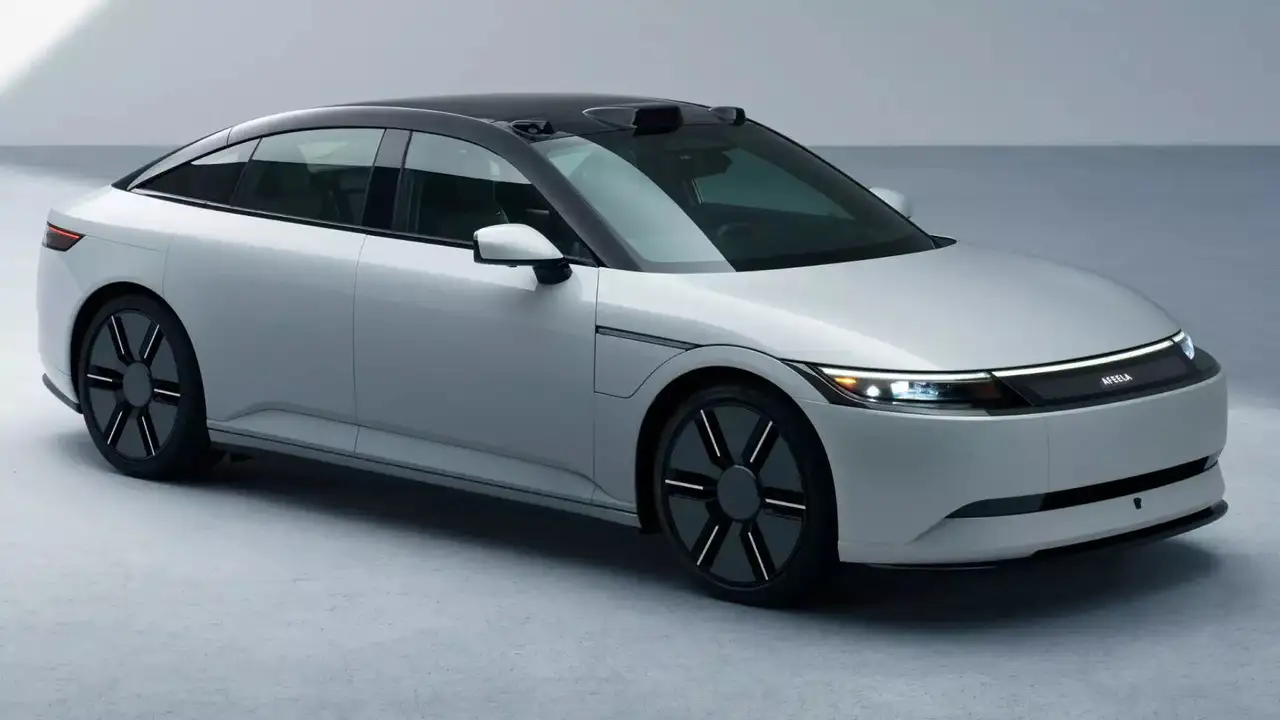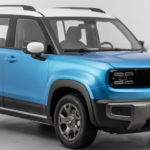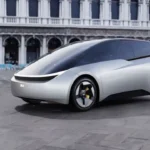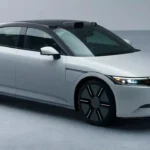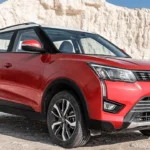Ather Energy, one of India’s leading electric vehicle (EV) manufacturers, is widely known for its innovative electric scooters that have captured the attention of eco-conscious consumers. Having successfully navigated the competitive two-wheeler market, Ather had set its sights on expanding into the electric four-wheeler segment. However, the company’s ambitious plans to launch electric cars are facing several significant roadblocks, making their dream of a successful four-wheeler debut a challenging proposition.
Despite its success in the two-wheeler space, where Ather has built a reputation for high-performance, smart electric scooters, the transition to electric cars has proven to be much more complex. As 2025 unfolds, Ather’s foray into the electric car market is encountering a series of obstacles that threaten to delay its ambitious goals.
The Vision for Electric Cars
Ather’s decision to enter the electric car market stems from the rapidly growing demand for clean and sustainable transportation solutions. With urban pollution levels rising and consumers increasingly leaning toward electric alternatives, the EV market is expected to experience exponential growth over the next decade. Ather, known for its innovation in the two-wheeler sector, believed that its experience could translate into success in the four-wheeler market as well.
The company envisioned launching a range of electric cars designed to cater to the mass market, focusing on affordability, performance, and advanced technology. Given the growing interest in electric mobility, Ather’s potential entry into the four-wheeler space generated considerable excitement and anticipation. However, the road to realizing this vision has proven far more difficult than expected.

Challenges in Scaling Up Production
One of the biggest hurdles Ather is facing in its journey to launch electric cars is scaling up production. The automotive industry, especially the electric car segment, requires substantial investment in manufacturing infrastructure, supply chain development, and the creation of a robust dealer network. Ather, with its limited experience in car manufacturing, has encountered significant difficulties in setting up production facilities that can meet the demands of mass car production.
Establishing new manufacturing plants capable of handling the complexities of electric car production is an expensive and time-consuming process. The company is also grappling with challenges in sourcing key components such as batteries, semiconductor chips, and other critical parts required for electric cars. These production and supply chain issues have delayed Ather’s timeline for introducing electric vehicles to the market.
Financial Strain and Investment Hurdles
The electric car market is capital-intensive, and securing funding to support large-scale production has proven to be a challenge for Ather. The company has raised substantial capital for its two-wheeler operations, but moving into the four-wheeler segment requires an entirely new level of investment. Moreover, investors are increasingly cautious when it comes to funding new electric vehicle ventures, especially as competition intensifies and the market remains volatile.
Ather has not been able to secure the level of financial backing necessary to fuel its ambitions in the electric car space. While the company’s two-wheeler products continue to perform well in the market, the transition to electric cars demands a significantly larger budget for R&D, manufacturing, and marketing.
Stiff Competition from Established Players
The Indian electric vehicle market is becoming increasingly competitive, and Ather faces stiff competition from established automakers with deeper pockets and greater production capabilities. Companies like Tata Motors, Mahindra Electric, and Hyundai have already established themselves in the electric car market, offering a range of EVs that appeal to both budget-conscious and premium customers.
These giants have invested heavily in EV technology, charging infrastructure, and customer service networks, which makes it difficult for a newcomer like Ather to compete head-to-head. With larger companies already dominating the electric car space, Ather’s late entry into the market poses additional challenges, particularly in terms of capturing significant market share.
Consumer Confidence and Brand Perception
Ather’s strong brand recognition in the electric two-wheeler market has contributed to consumer confidence in its products. However, translating this trust to the four-wheeler market is no easy task. Consumers have high expectations when it comes to electric cars—expecting reliability, long range, fast charging, and superior performance. Ather, despite its expertise in electric scooters, must prove that it can meet these expectations in the highly competitive and demanding electric car market.
In addition, the lack of a clear timeline for the launch of Ather’s electric cars has caused some uncertainty among potential customers. Early movers in the electric car market may hesitate to wait for Ather’s entry and opt for more established options instead.
The Path Forward for Ather
Despite these setbacks, Ather still has the potential to make an impact in the electric car market if it can navigate the roadblocks ahead. The company’s strong focus on technology and sustainability, combined with its success in the two-wheeler sector, gives it a solid foundation to build upon. However, overcoming challenges in production, funding, and competition will be essential for Ather to make a successful transition into the four-wheeler segment.
The company must focus on securing the necessary capital, establishing a scalable manufacturing process, and building a strategic partnership network to bring its electric cars to market. It will also need to manage consumer expectations and ensure that it delivers a high-quality product that meets the growing demand for electric vehicles.
Conclusion
Ather’s dream of entering the electric car market is currently facing significant roadblocks, from production delays to fierce competition and financial constraints. While the company’s expertise in electric two-wheelers has earned it a strong reputation, the leap into the electric car market is proving to be more challenging than anticipated. As the EV market continues to evolve, Ather will need to address these obstacles quickly to ensure that its four-wheeler dreams don’t stall.
